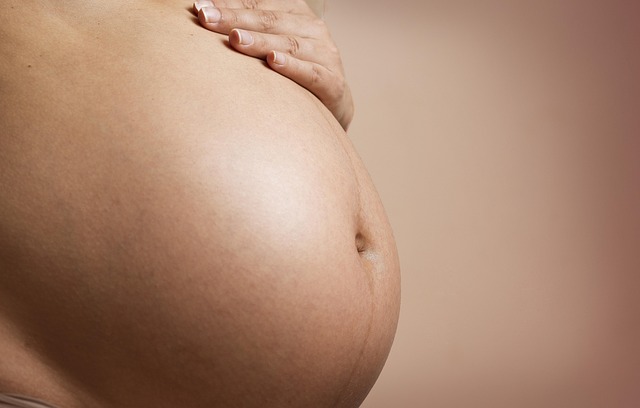In the evolving landscape of parenting, there’s a curious phenomenon unfolding: as adults embrace younger cultural trends, the lines between generations blur. Consider the case of Samantha, who was entranced by the melodrama of Dan Hill’s music, while the Beatles felt too intense for her youthful ears. Meanwhile, when I was 12 or 13, my mother was not alongside me enthusiastically discussing U2’s album, War, or excitedly mentioning The Edge’s guitar riffs.
Fast forward to today’s reality, where parents like myself engage in spirited exchanges with our elementary-school-aged children over Spotify playlists. “Could you please add ‘Shake It Off’ to our Sunday playlist?” we ask, only to be met with the dreaded response, “Sure, as soon as I finish this level.” The ensuing negotiations resemble scenes from a sitcom, with both parties vying for control over the iPad and its precious content.
Our family dynamic reflects a shared engagement in activities like playing Candy Crush and enjoying shows like Phineas & Ferb. I delight in Taylor Swift’s music and can sing along to songs from Frozen without feeling coerced. We bond over various artists, from Beck to Beyoncé, deepening our connections through shared interests. Yet, it raises a profound question: are parents merely adopting the interests of their children, or are kids maturing at an accelerated pace?
Sometimes, I worry that this trend signals a collective denial of adulthood, where we cling to youthful passions in a futile attempt to resist the passage of time. We adults risk becoming caricatures—like the grandmother in a miniskirt, desperately trying to fit in with the younger crowd while stifling our own authenticity. This raises concerns about what space our children will carve out for themselves—where they can express individuality away from the influence of their parents.
As we navigate these shared cultural waters, it’s worth pondering how this impacts our children’s development. If parents are their friends and allies, where does the rebellion come from? The typical teenage angst against parental norms risks becoming obsolete. If we’re all jamming to the same concerts together, what struggles will our children face to assert their identities?
Reflecting on my own experiences, by my age, my mother had embraced her freedom, enjoying her interests without the pressures of being “cool.” Now, expectations for parents have shifted, demanding we balance parenting with a semblance of trendiness. We must maintain a façade of effort without crossing the line into overt desperation to appear youthful. It’s a delicate dance that leaves many adults caught between identity and societal expectations.
The truth is, we are all growing together in this hybrid space where children are wise beyond their years, and adults strive to remain relevant. This cultural symbiosis raises questions about insecurity among forty-somethings or whether it’s just an exciting era to be young. It’s essential to strike a balance—while I enjoy sharing pop culture with my kids, I also want them to have their own unique experiences.
This dilemma of generational overlap is not just a personal issue; it reflects broader societal shifts. With resources like this informative guide on pregnancy and insights from Make a Mom on fertility supplements, we can navigate these waters more effectively. If you’re curious about home insemination, check out this helpful post to learn more.
In summary, as parents and children share cultural interests, the question remains: what will be left for future generations to claim as their own? It’s a balancing act of nurturing youth while allowing space for individuality to flourish.
Keyphrase: parenting and cultural overlap
Tags: [“home insemination kit” “home insemination syringe” “self insemination”]
